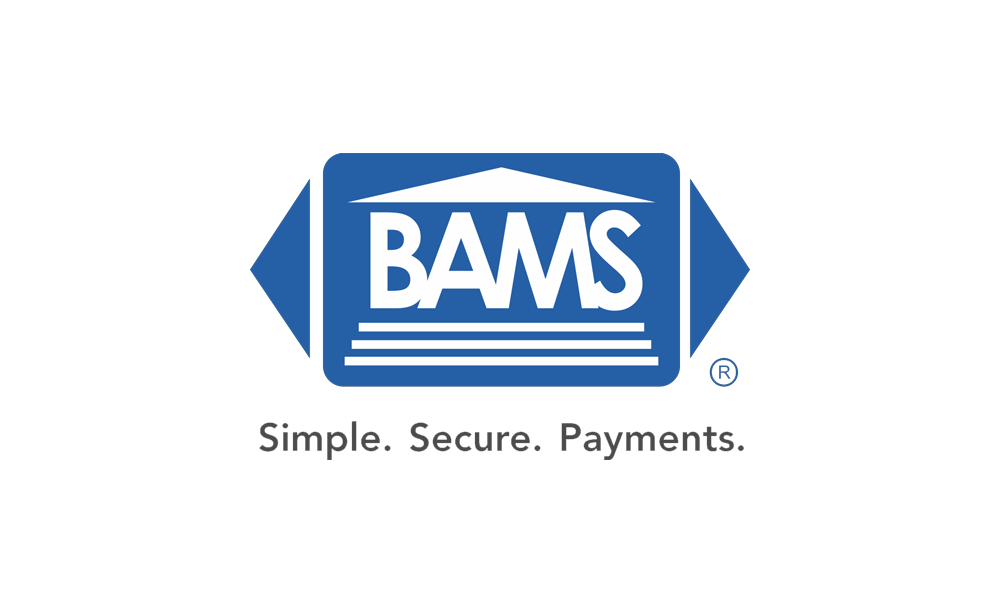Why Is Interchange-Plus Pricing the Most Advantageous Merchant Account Pricing Format?
A merchant’s profitability is determined largely by the costs of doing business, and one of the most common costs merchants in the digital age run into is the fees associated with processing card payments. Many merchants just assume that all payment processors and all fee structures are alike, but that couldn’t be more untrue. Merchant services providers use a variety of pricing models, the most common of which is the fixed-fee structure used by major third-party providers like PayPal. But that pricing model is actually extremely wasteful for all but a small subset of merchants, and the majority of businesses will bleed profits unnecessarily by utilizing it.
An alternative model – and the one used by BAMS – is the interchange-plus pricing model. Interchange-plus offers some major benefits over other pricing models and is just one of the many reasons BAMS can offer our low price guarantee.
What is interchange-plus pricing?
Interchange-plus is a pricing model that charges fees based on the interchange rate of a given card, plus a fixed, flat-fee add on by the payment processor – hence the name, interchange-plus. Because it uses the easily verifiable interchange rate of the card used in a transaction, interchange-plus is considered one of the most transparent fee models available in the industry. BAMS uses interchange-plus pricing because it enables us to provide our merchants with not only the most transparent pricing model possible but also with the best rates possible.
What is the interchange rate?
The interchange rate is the rate that a merchant’s bank pays to the card-issuing bank whenever a credit card is used to make a transaction. This fee covers the costs of providing card-issuing and electronic payment solutions and is not a fee that results in a profit for either the credit card companies or the payment processor.
Interchange rates are set by the major credit card companies, and they vary greatly based on both the type of card being used, the type of transaction, and even the industry the sale is being made in. For instance, American Express and Visa each have different rate tables for their cards. Likewise, a transaction processed with a card swipe or chip-insertion carries a different interchange rate than a “card-not-present” transaction where a card is processed online, or the information is keyed-in manually.
Visa’s current USA interchange rates can be seen by clicking here. A quick look at the table shows that a card-present (CPS) Visa Debit transaction made at a retail store carries a 0.80% + $0.15 per transaction. That’s a different rate than the 1.19% + $0.10 that the same card carries if used at a restaurant. The rates vary further still for prepaid Visas and even different levels of the card, like Preferred and Performance.
How does interchange-plus pricing benefit merchants?
The biggest way interchange-plus pricing benefits merchants is by keeping their costs down. A look at the Visa interchange tables linked above will show that consumer interchange rates vary from as low as 0.05% + $0.21 to 2.40% + $0.10 for Visa Infinite cards. But the vast majority of card types carry percentage fees well below 2.0%.
Compare those sub-two-percent rates with the 2.9% + $0.30 fixed fee that PayPal, Square, and Stripe charge and you can see that there’s a big gap between what’s being charged to merchants and what’s being charged to the payment processors. We call that “float room,” and fixed-rate pricing models leave a lot of it, costing merchants far too much on transactions made with lower-interchange cards.
Because interchange-plus pricing uses the publicly available interchange rates published by the major credit card companies (hence its unmatched transparency), that float room is eliminated altogether and replaced by a clearly communicated fixed-fee added to the interchange rate by the payment processor. So while fixed fees may be simple, they cost merchants significant money. Interchange-plus, while a little more complex and fluid, results in lower costs to merchants, especially on card transactions made with low-interchange cards and on most purchases totaling more than a few dollars.
To see first-hand how BAMS’ interchange-plus pricing model can bring down your company’s merchant account fees, submit a quote request to get our team started on your detailed five-point price comparison. We’ll analyze your existing fees and identify, line-by-line, every area in which we can reduce your fees and boost your profits!




